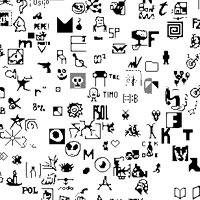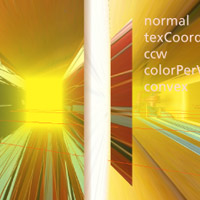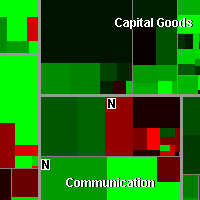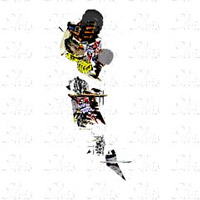 Viewers are confronted with a blinking cursor. As they type, rooms begin to take shape in the form of a two-dimensional plan, similar to a blueprint. The architecture is based on a semantic analysis of the viewer’s words, reorganizing them to reflect the underlying themes they express. The apartments are then clustered into buildings and cities according to their linguistic relationships.
Viewers are confronted with a blinking cursor. As they type, rooms begin to take shape in the form of a two-dimensional plan, similar to a blueprint. The architecture is based on a semantic analysis of the viewer’s words, reorganizing them to reflect the underlying themes they express. The apartments are then clustered into buildings and cities according to their linguistic relationships.
Apartment is inspired by memory palaces. In a mnemonic technique from a pre-Post-It era, Cicero imagined inscribing the themes of a speech on a suite of rooms in a villa, and then reciting that speech by mentally walking from space to space. Establishing an equivalence between language and space, Apartment connects the written word with different forms of spatial configurations. Launch



